Stretching is an important part of any fitness routine and can be used to improve your flexibility, strength and mobility. Stretching exercises can be performed before or after a workout, and they can be done at home or in the gym.
The benefits of stretching include:
- Improves flexibility — Stretching increases your range of motion (ROM), which allows you to move your joints through their full range of motion. Stretches also improve circulation, which helps muscle recovery after exercise.
- Reduces muscle soreness — Stretching after exercise helps reduce muscle soreness from the previous day’s activity.
- Improves athletic performance — When you stretch before engaging in physical activity, it can improve your performance by helping increase strength, balance and coordination. When you stretch after exercise, it can help reduce muscle soreness and stiffness that occurs during exercise.
- Relieves stress — Stretching relieves tension in your body by increasing blood flow throughout your body while improving oxygen supply to your muscles and organs. This decreases stress levels while increasing relaxation when done on a regular basis.
- Enhanced focus — Stretching improves blood flow to the muscles and joints, which helps deliver nutrients such as oxygen and glucose that fuel your body. It also helps remove waste products such as lactic acid that build up during exercise. Stretching increases the amount of blood reaching the brain, which may enhance concentration and mental focus during exercise.
There are many types of stretching, including static, dynamic and active isolated stretching. The most common types include:
- Static stretching — This type of stretching involves holding a stretch for 10 to 30 seconds but not bouncing or overstretching. You should feel tension in the muscle but no pain.
- Dynamic stretching — Dynamic stretching involves controlled movement through a range of motion repeated two to five times at varying speeds. Warm up with dynamic stretches before engaging in physical activity so your muscles don’t become too cold or tight.
- Active isolated stretching — Active isolated stretching uses a partner to help you stretch by bending your knee while keeping your foot on the ground, then pulling your heel toward your buttocks while keeping your toes on the ground.









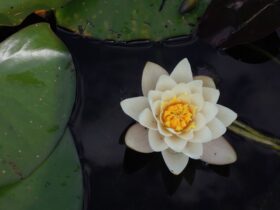



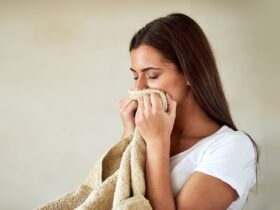
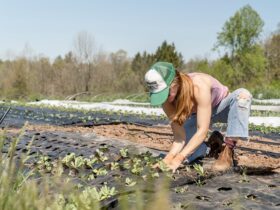
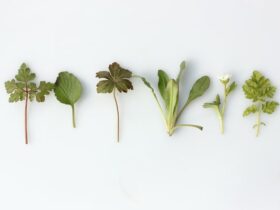

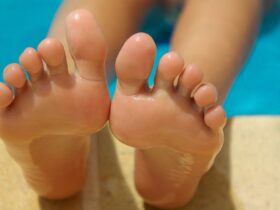


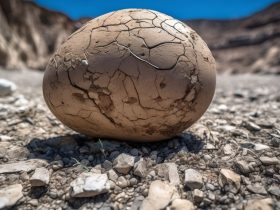

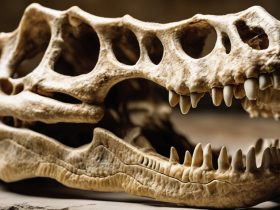
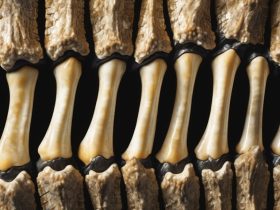
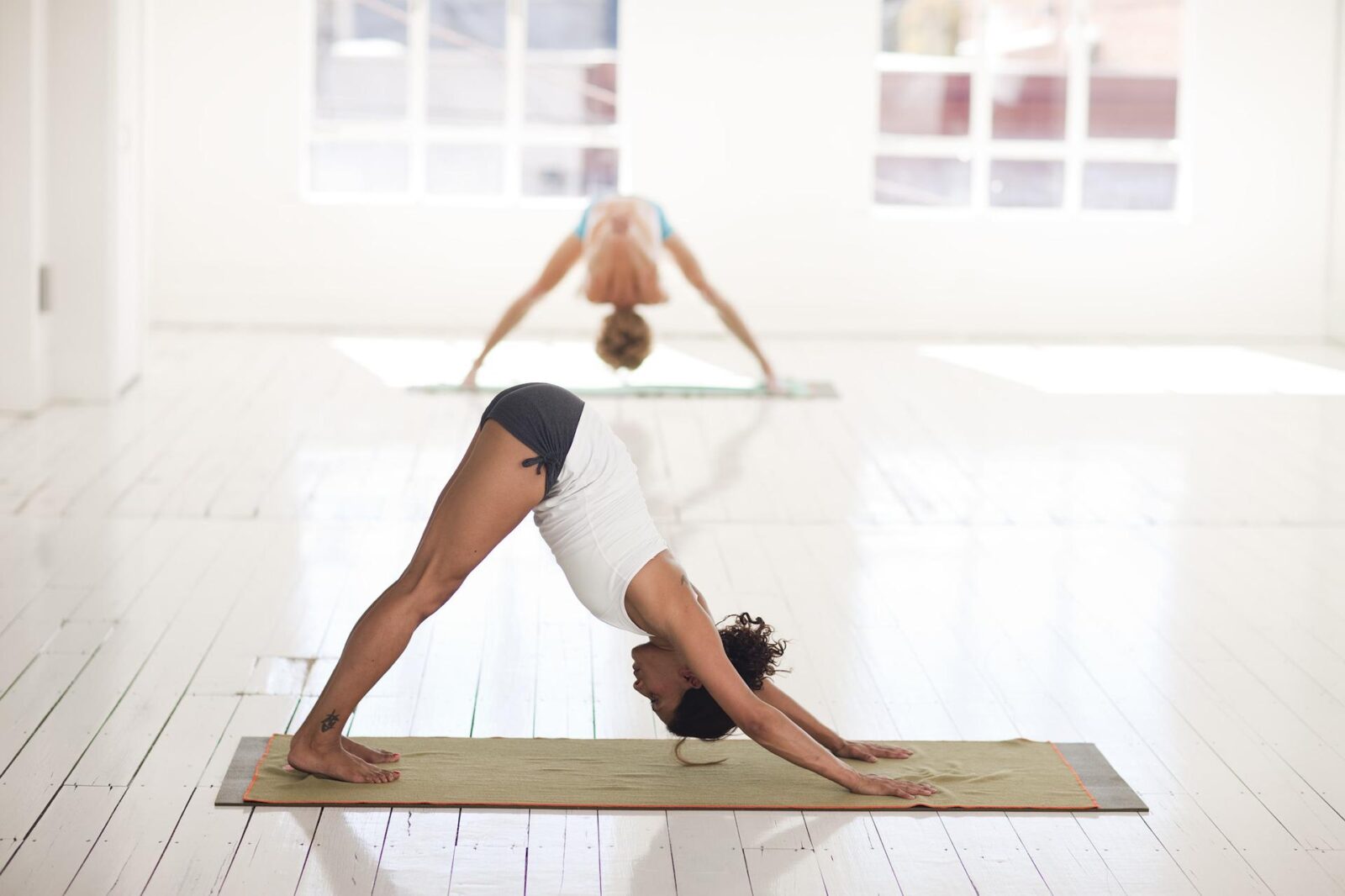

Leave a Reply